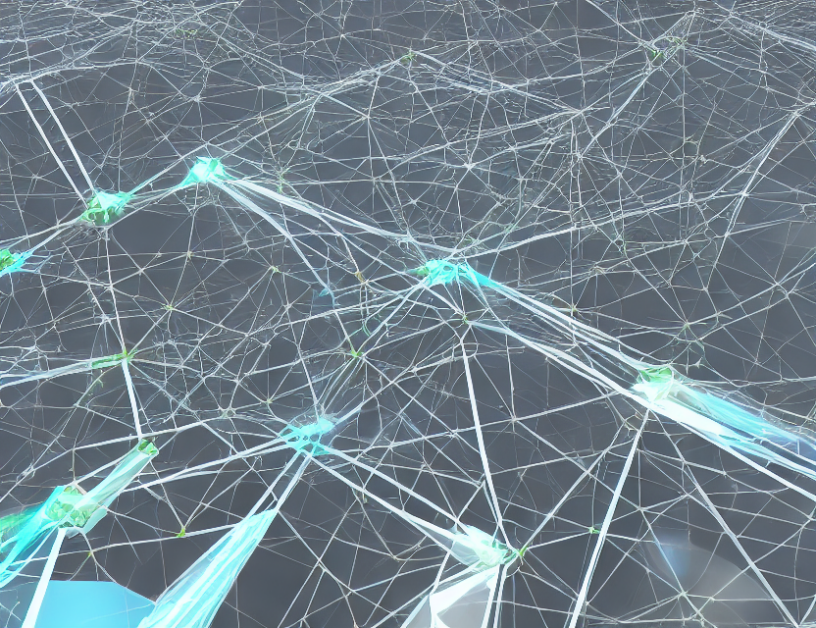In the field of artificial intelligence, researchers are working on improving the efficiency of re-training neural networks. One approach being proposed is to separate the structural knowledge from its quantitative counterpart. This allows for the preservation of structural knowledge while only updating the quantitative information during re-training. Traditional methods of re-training both types of knowledge lead to a phenomenon called catastrophic forgetting, where the network forgets previously learned information.
Fundamental Concepts
To understand this approach, let’s first consider a simple neural network with one neuron. The neuron takes in a set of weighted inputs and applies an activation function to produce an output. This process can be thought of as cooking a meal – the inputs are like the ingredients, the weights are like the spices, and the activation function is like the cooking method. Just as different cooking methods can produce different dishes, different activation functions can produce different outputs for the same set of inputs.
System Definition
The goal of this approach is to reduce the computational cost of re-training a neural network. This is done by separating structural knowledge from quantitative knowledge and only updating the latter during re-training. Structural knowledge refers to the overall architecture of the network, while quantitative knowledge refers to the weights and biases of the neurons. Think of this separation as building a house – structural knowledge would be the blueprints for the house, while quantitative knowledge is the actual materials used to build it.
Benefits
This approach has several benefits. Firstly, it reduces the computational cost of re-training by only updating the quantitative knowledge. Secondly, it helps prevent catastrophic forgetting by preserving the structural knowledge. Finally, it allows for dynamic learning, where the network can adapt to new data without forgetting previous learnings. Think of this as a gardener watering a garden – they need to adjust the amount of water based on the season and weather, but they also need to preserve the existing plants to ensure their continued growth.
Challenges
While this approach has several benefits, there are still challenges that need to be addressed. One challenge is defining how to separate structural and quantitative knowledge in a way that allows for efficient re-training. Another challenge is ensuring that the network can adapt to new data without forgetting previous learnings. Think of this as a chef trying to create a new recipe while still preserving the flavors of an existing dish.
Conclusion
In conclusion, separating structural and quantitative knowledge is a promising approach for improving efficient neural network re-training. By only updating the quantitative knowledge during re-training, this approach can reduce computational cost while preventing catastrophic forgetting. While there are still challenges to be addressed, this approach has the potential to revolutionize the field of artificial intelligence and enable more dynamic learning. Just as a gardener needs to adapt their watering schedule based on the season and weather, a neural network needs to adapt its learnings based on new data while preserving previous knowledge.



